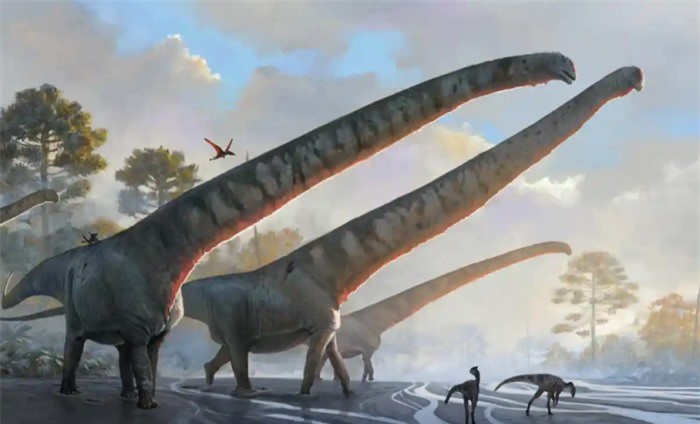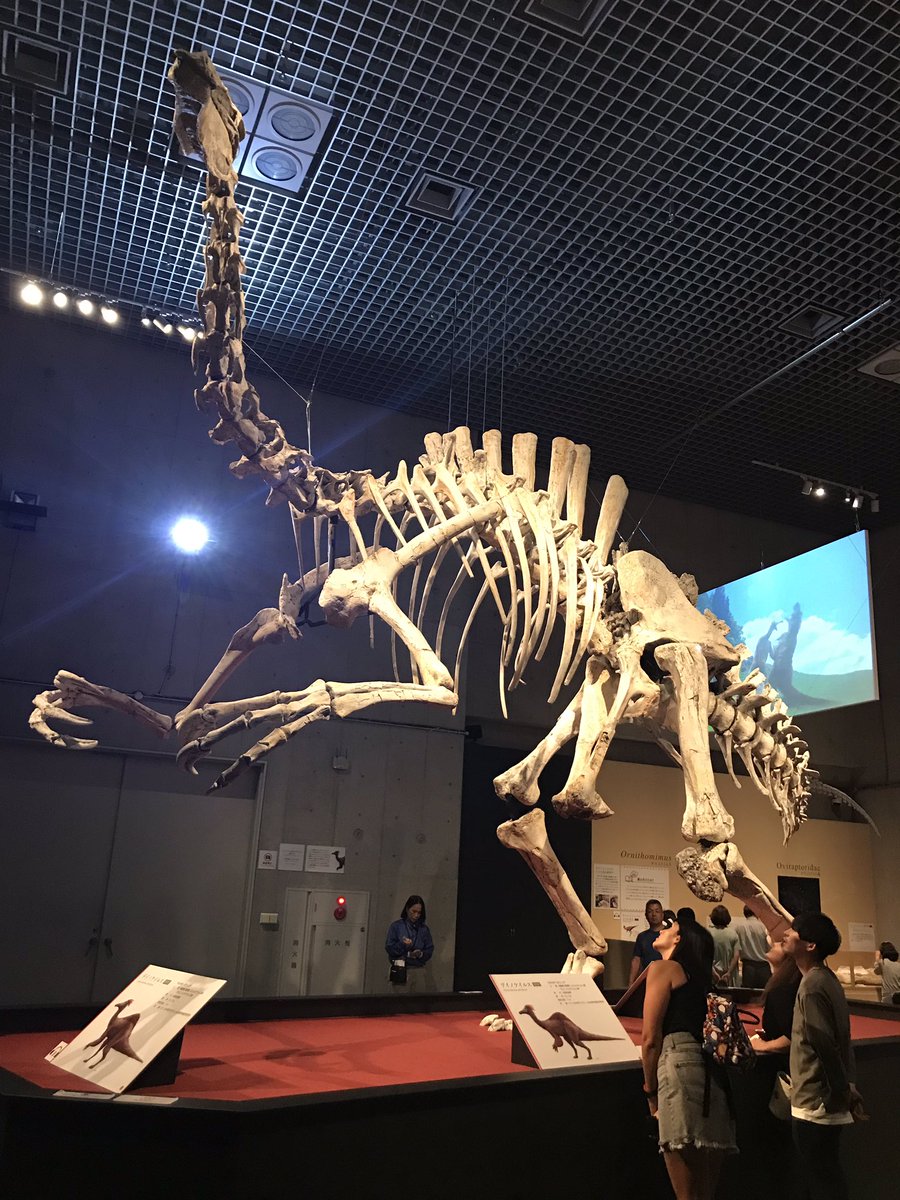Fossils of the dinosaur Mamenchisaurus sinocanadorum were unearthed in 1987 from 162-million-year-old rocks in the Xinjiang Uyghur Autonomous Region.New analysis of the fossil’s ancient bones and skull shows that the dinosaur had a neck 15 meters long, one and a half times the length of a double-decker bus. Thus, Mamenchisaurus sinocanadorum is the longest-necked animal known to date.
The giant herbivorous dinosaur Mamenchisaurus sinocanadorum lived in East Asia more than 160 million years ago, grew to 50 meters from snout to tail and weighed more than 70 tons.

Illustration. Source:Natural History Museum“Mamenchisaurus sinocanadorum is the longest-necked sauropod [sauropod] discovered to date, but it’s highly likely that even larger, longer sauropods roamed what is now central China.” The country was in the late Jurassic,” said Andrew Moore, a paleontologist at Stony Brook University in New York. “It’s hard to believe that we just happened to spot the largest sauropod that ever existed, and the more reasonable assumption is that there are even larger species that have yet to be discovered.
We can only hope that they have turned into fossils. fossils, and are being discovered by paleontologists.”The long neck is one of the basic body features that allows sauropods to achieve such enormous size. Their long necks allow them to graze over large areas of vegetation while standing still, meaning they can eat tons of food without spending a lot of energy moving.

Long necks may also help sauropods stay cool by increasing their body surface area – the same way elephants keep cool with their large ears.The sauropod lifestyle was impressively successful, evolving very early in dinosaur history and lasting until the last days of the mass extinction event caused by the impact of an asteroid 66 million years ago. year. The dinosaurs that survived the meteorite impact are the ancestors of modern birds.closeEver since the first fossils of sauropods were recovered, scientists have been puzzled by the mystery of how they developed such a long neck and large body without collapsing under the weight. mine.

Radiographs of the long-necked Mamenchisaurus fossil show that the vertebrae are light and hollow, two-thirds to three-quarters of the volume hollow. Similar skeletal features are also observed in birds that need to lose weight to fly. In sauropods, such light skeletons are prone to fracture, but they have a rib-like neck skeleton, with the bones extending and rounding out to the sides, which stiffens the neck and improves stability.
According to Dr. Moore, one of the most remarkable things about giant sauropods is the lightness of their bones.“Like their living cousins, birds, sauropods replace heavy bone marrow and tissue with hollow cavities. Such a lightweight structure is crucial for reducing the weight of the giant necks of the largest sauropods,” says Moore.The new analysis has been published in the Journal of Systematic Palaeontology.
Source: kienthuc.net.vn








